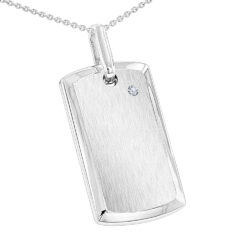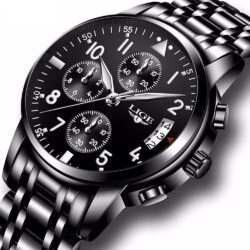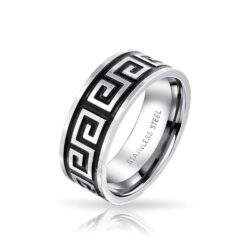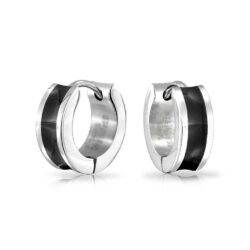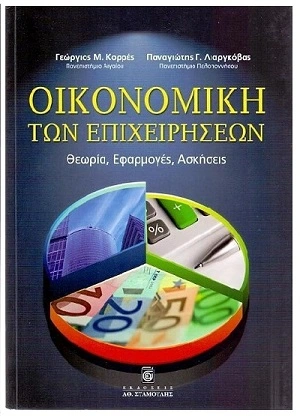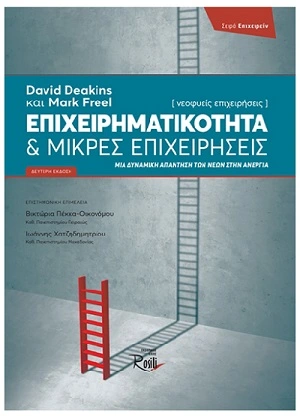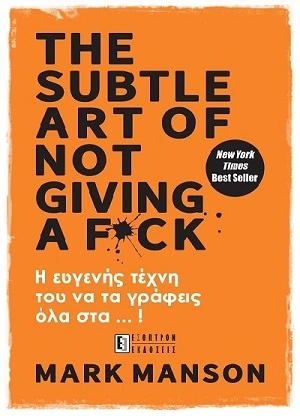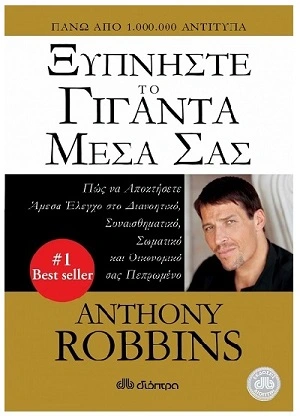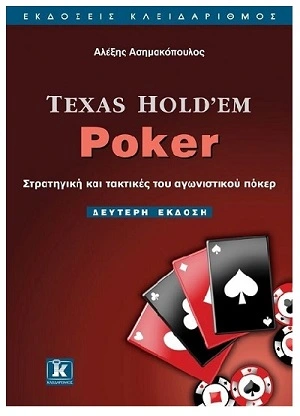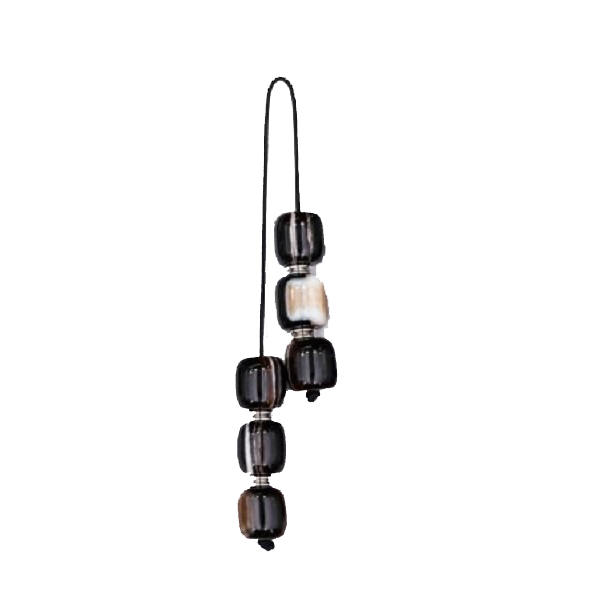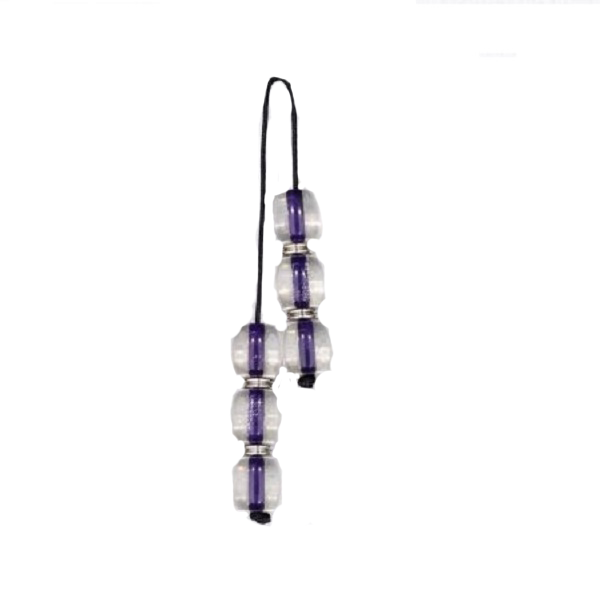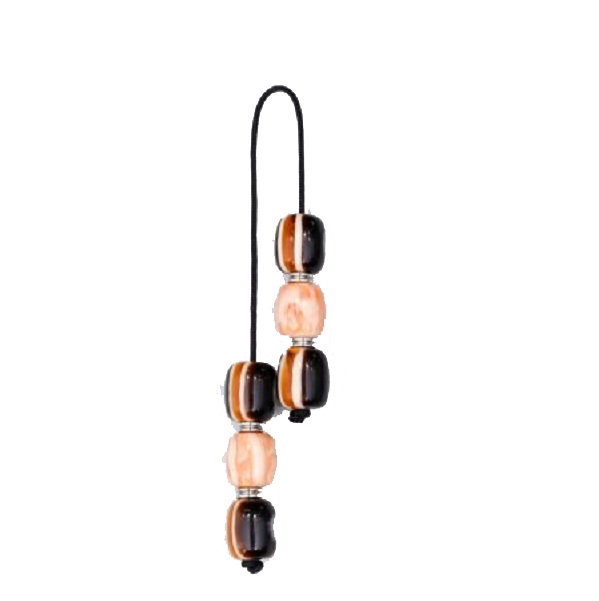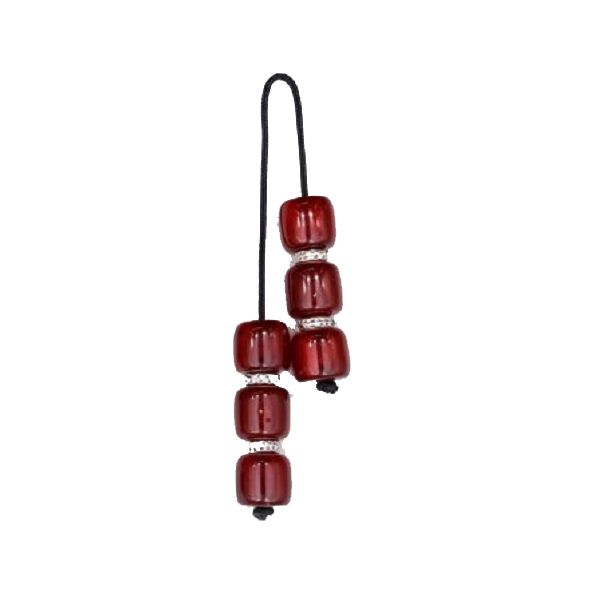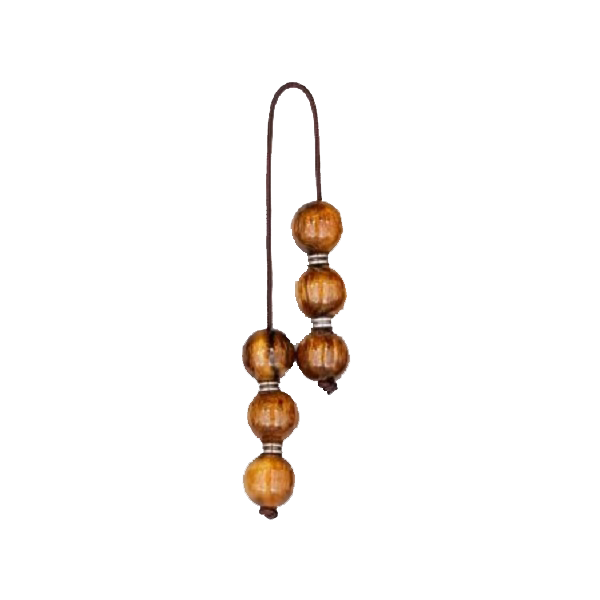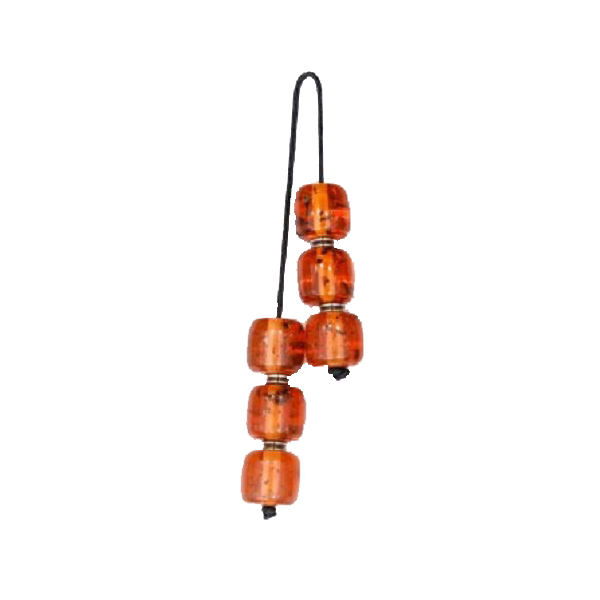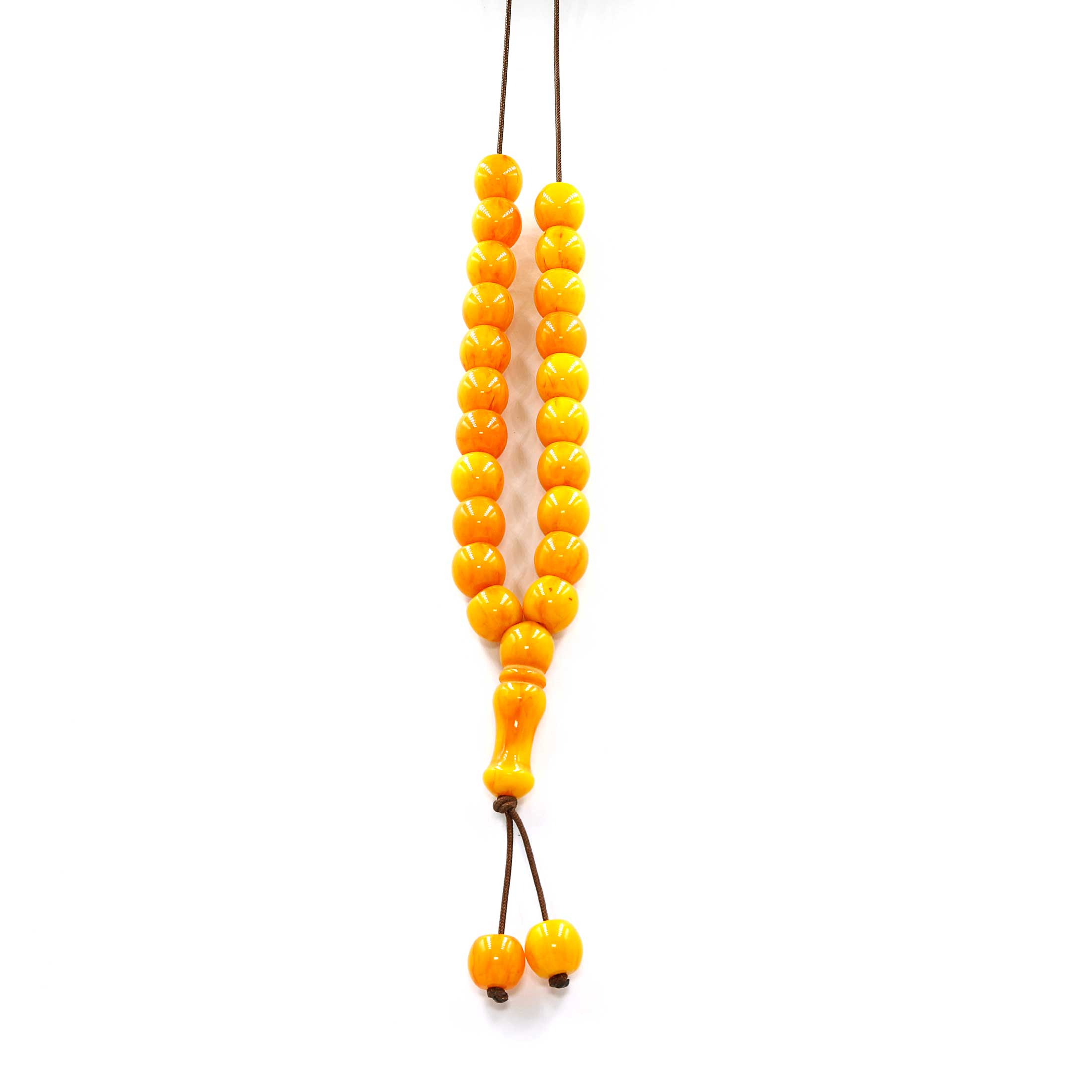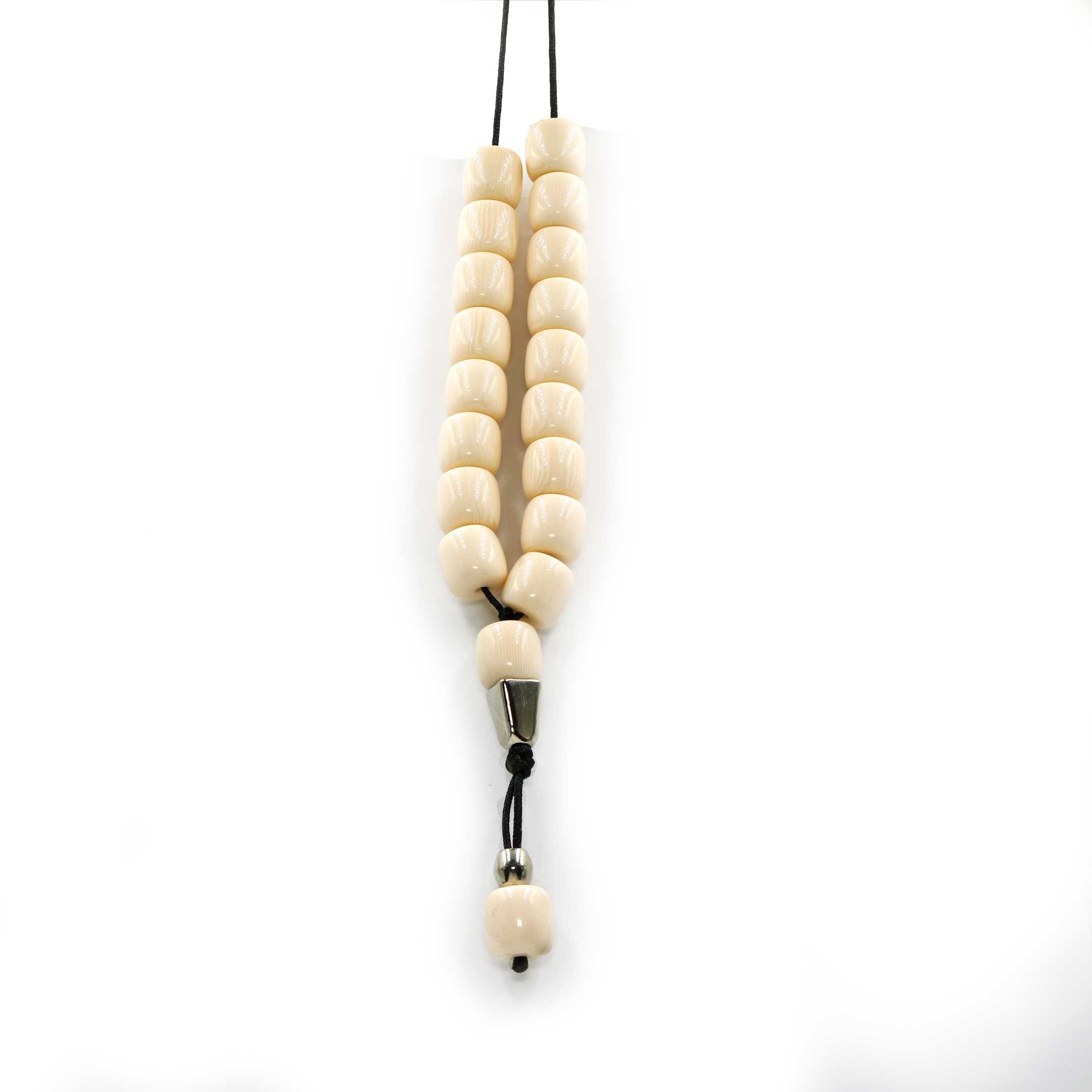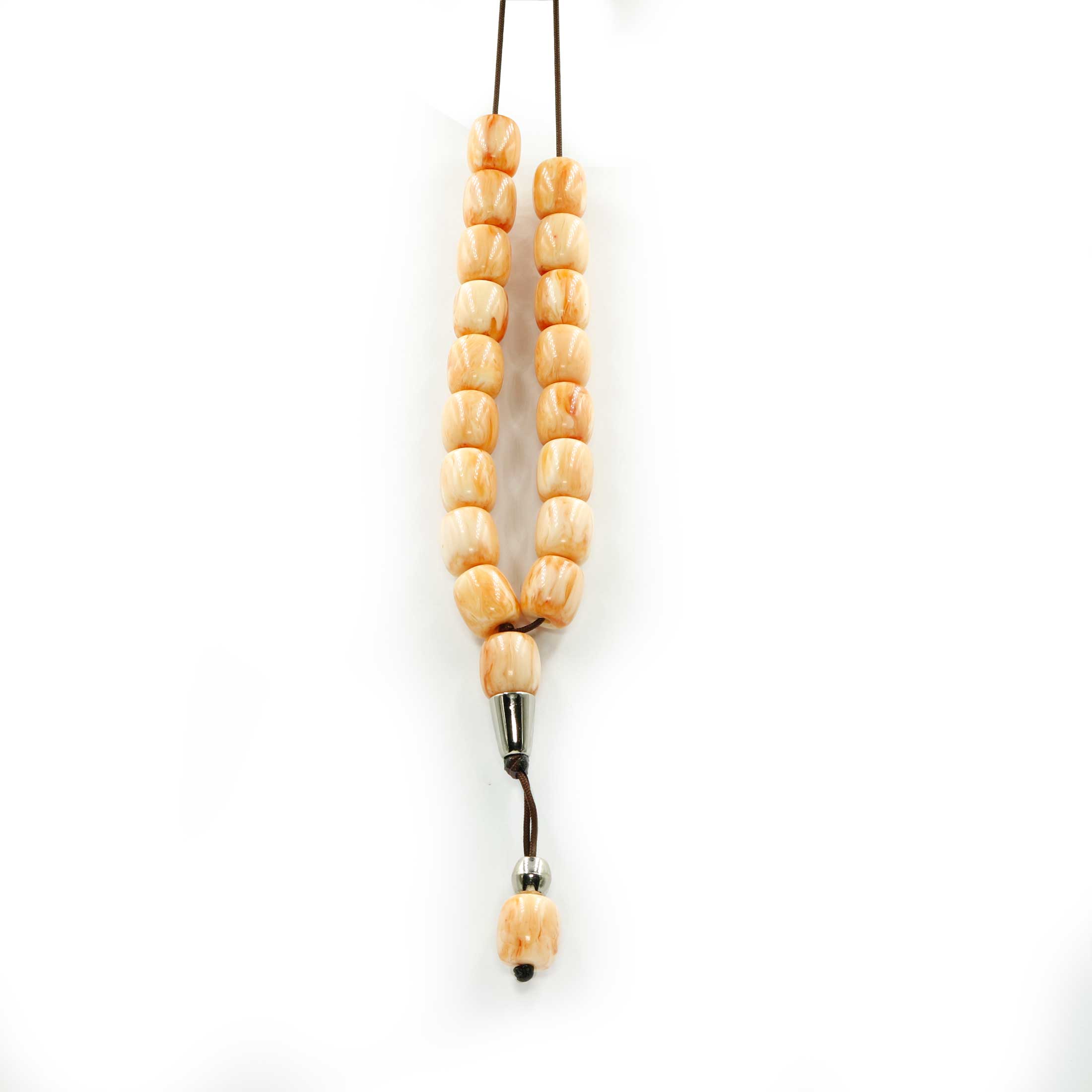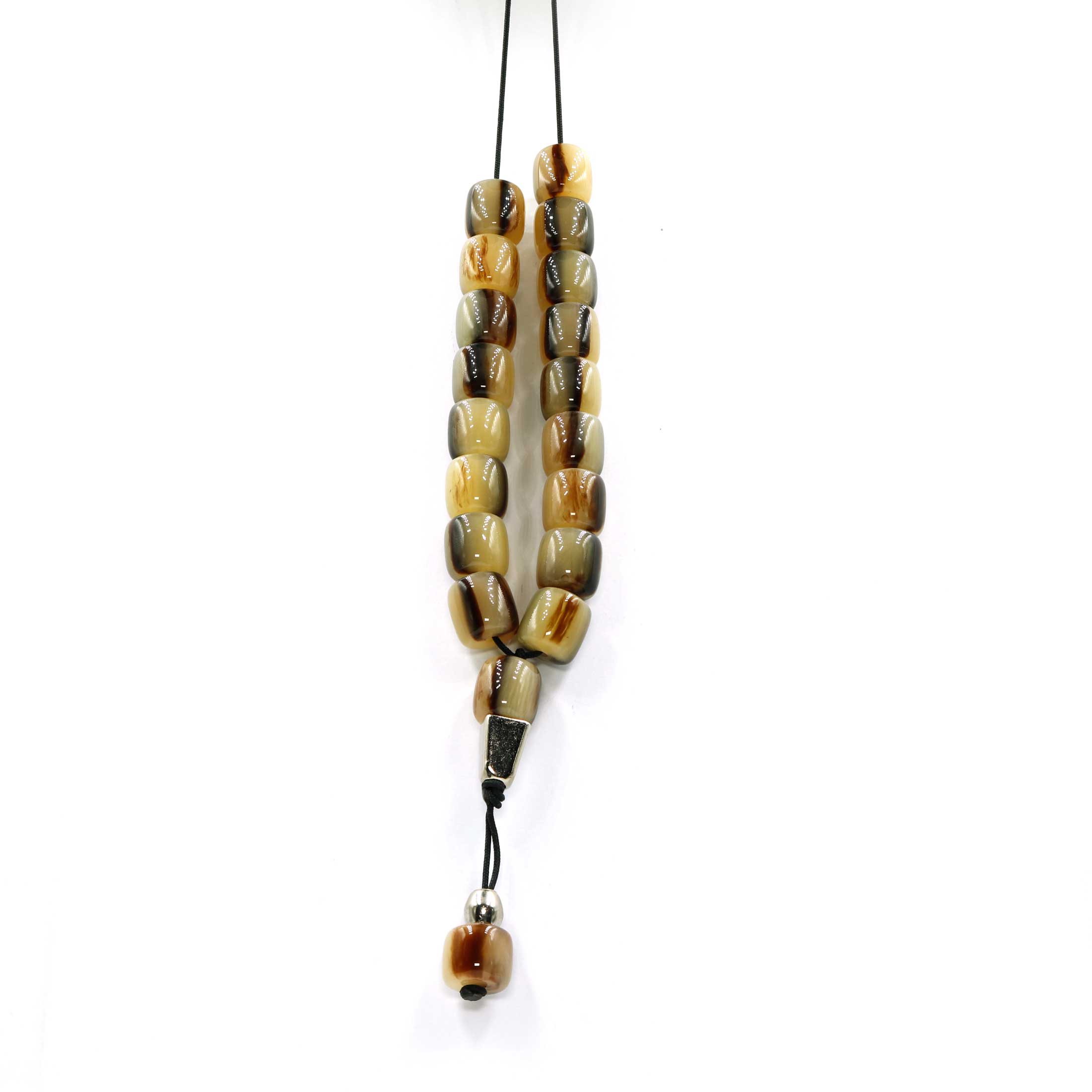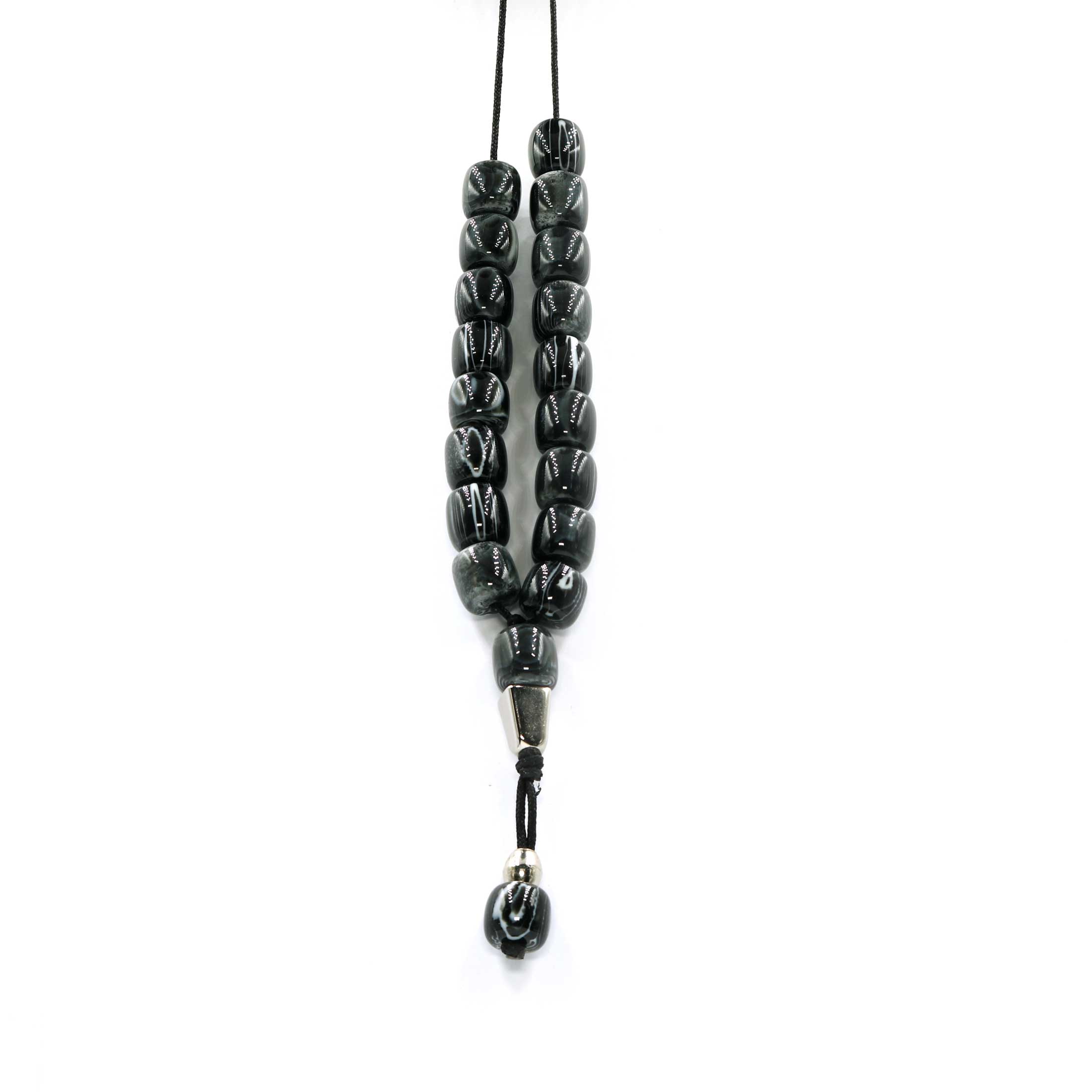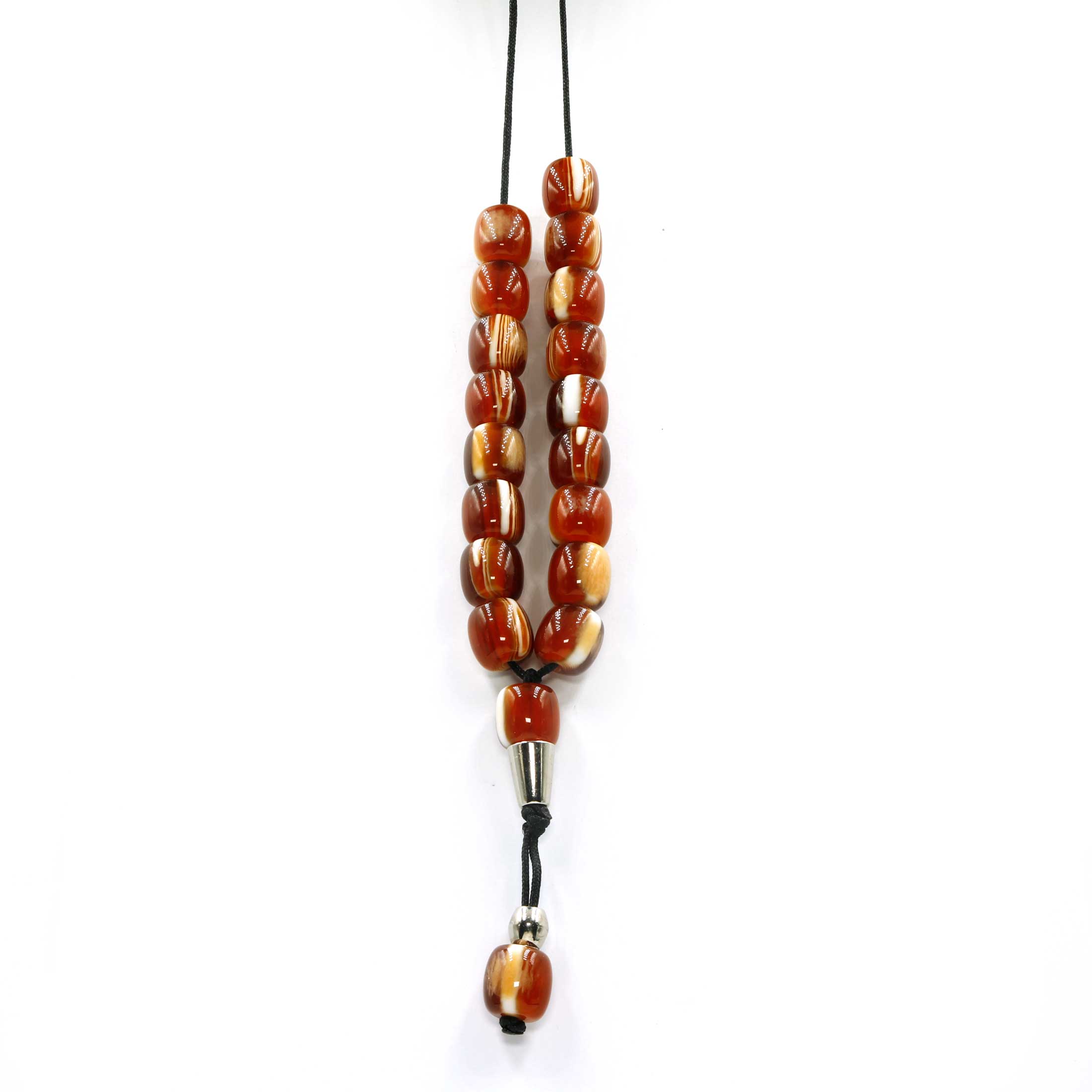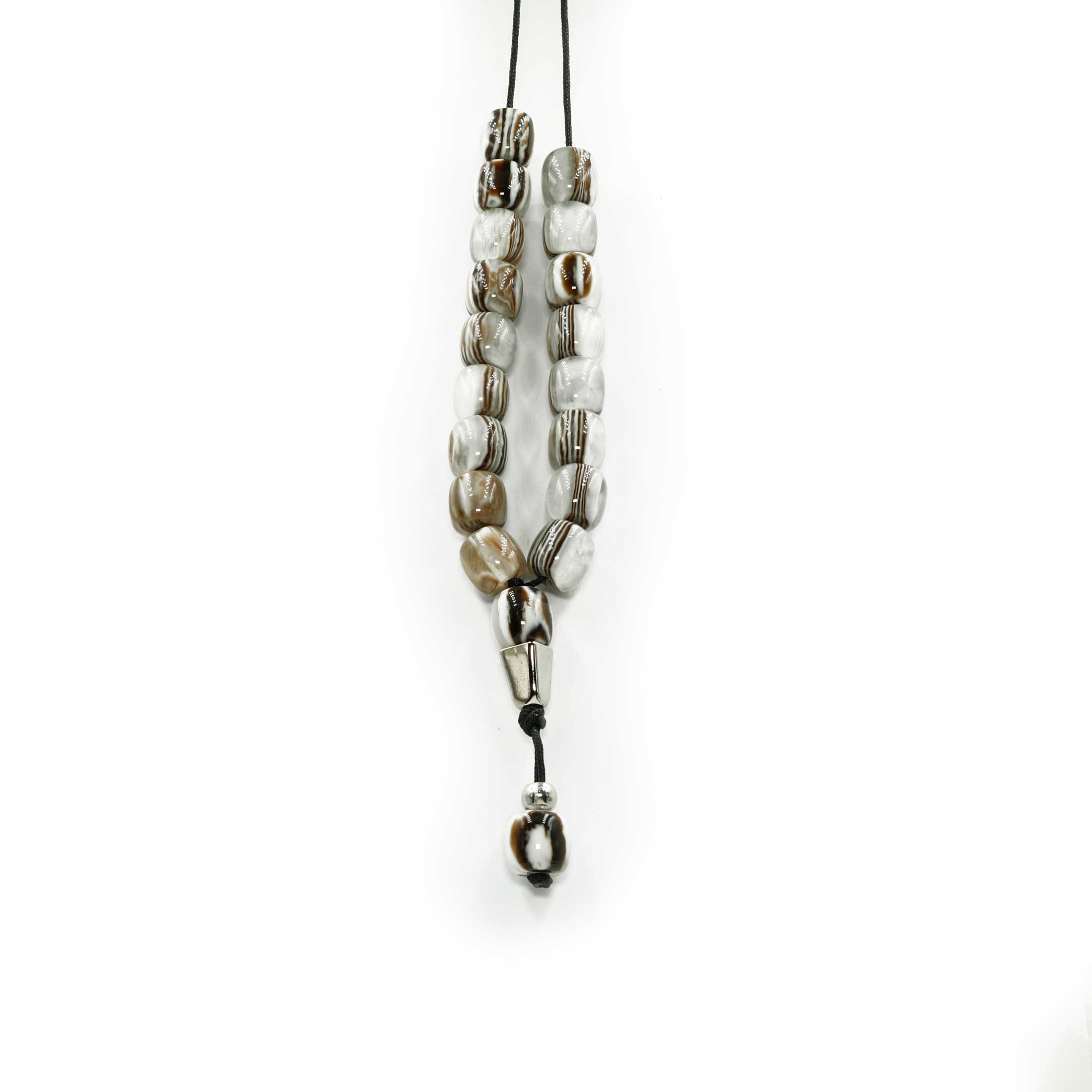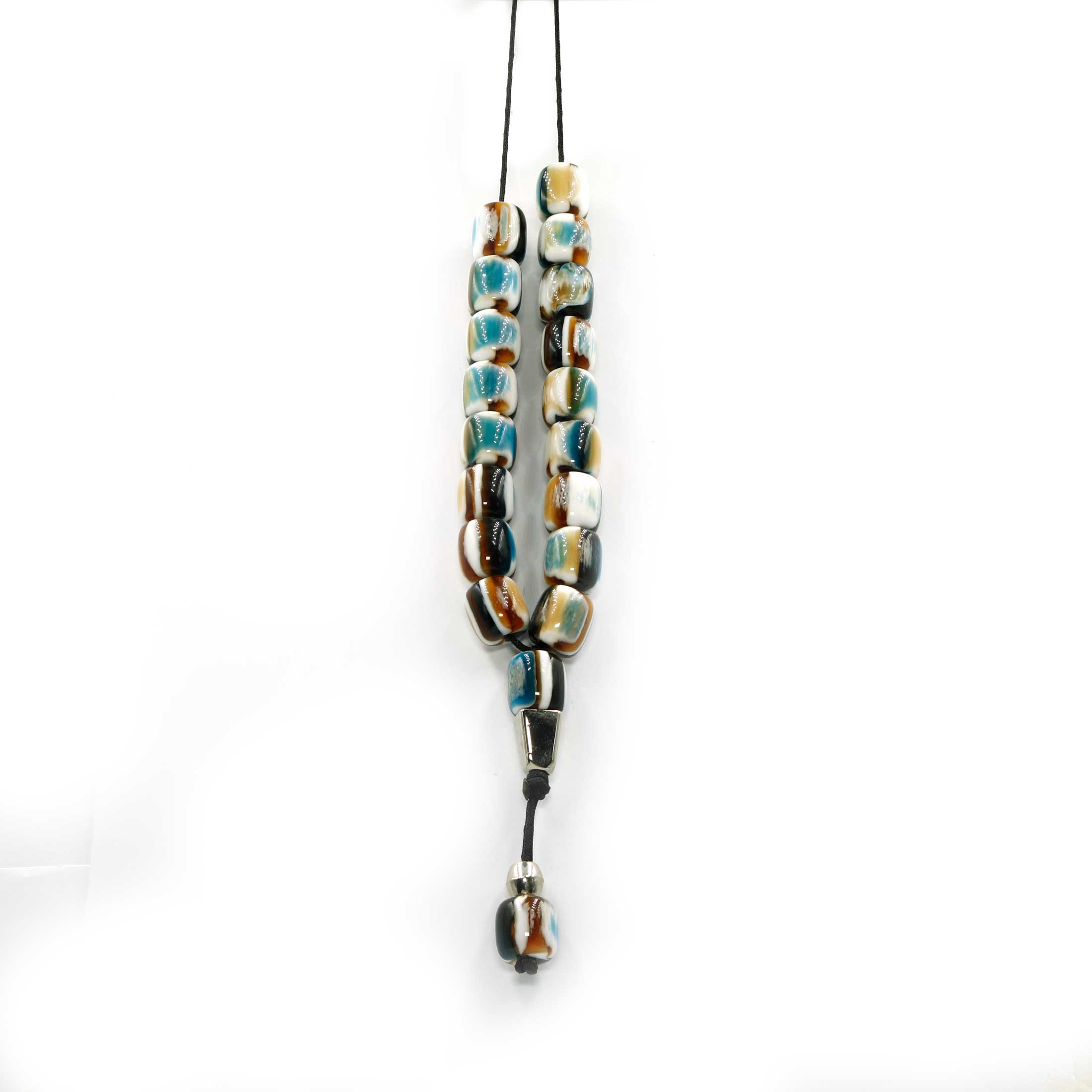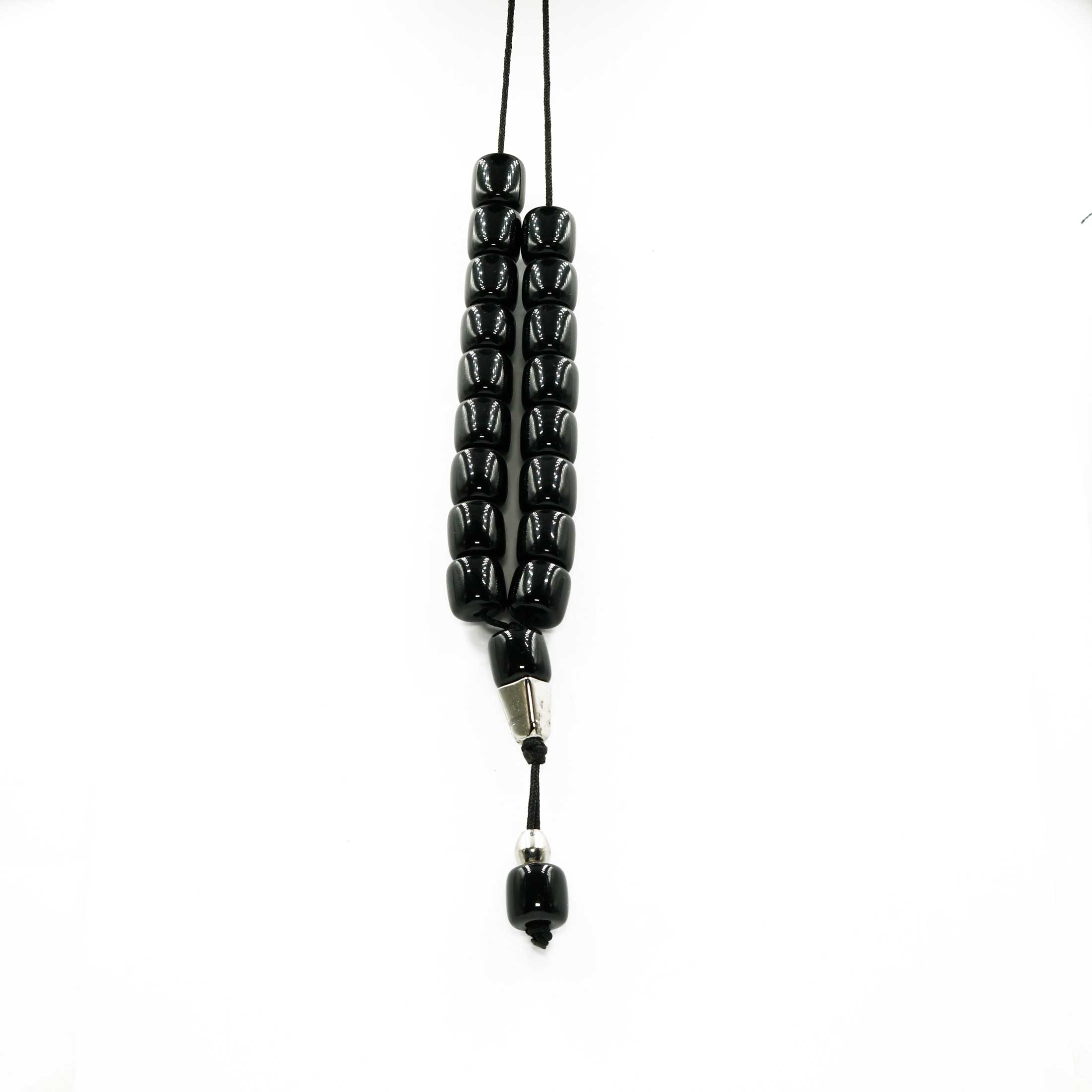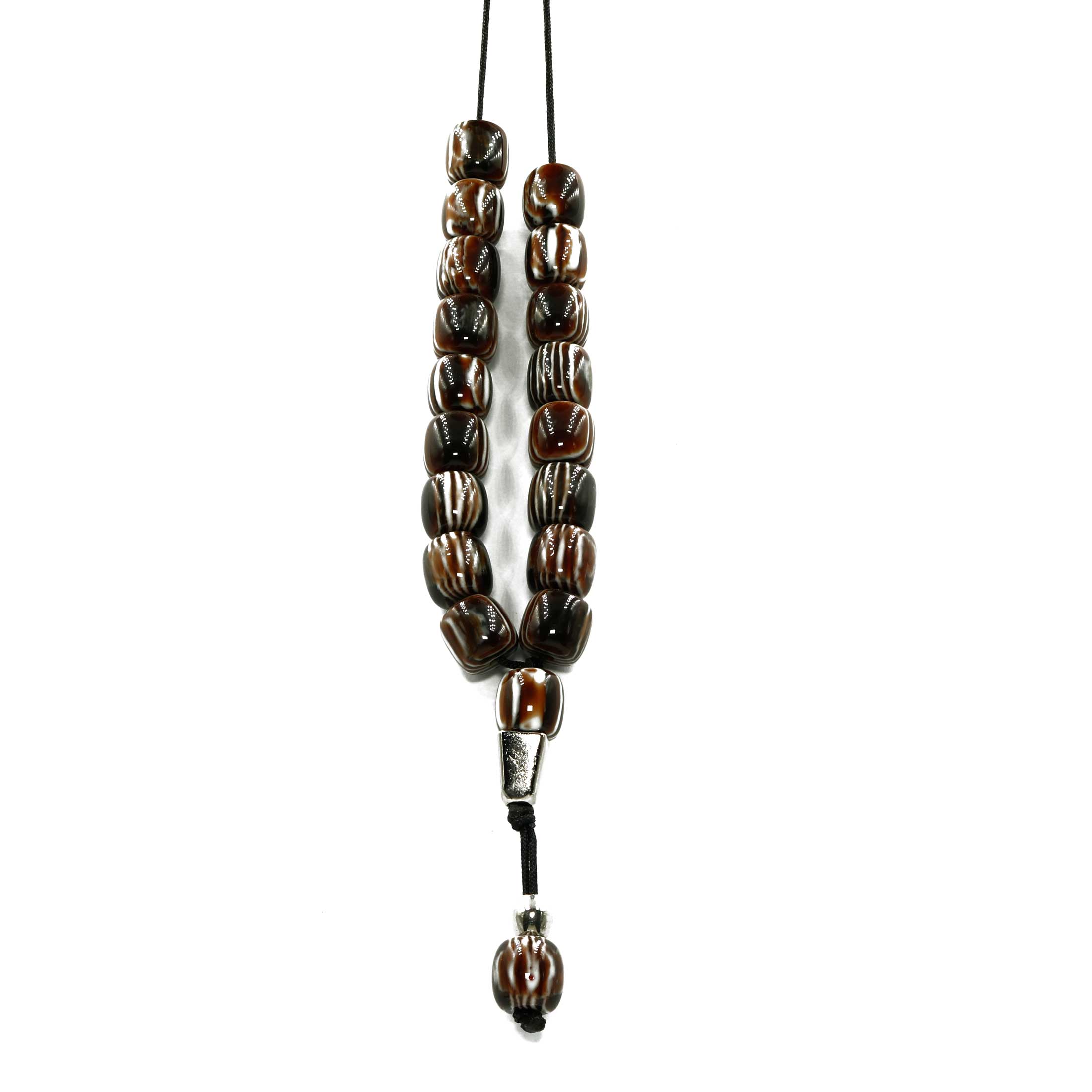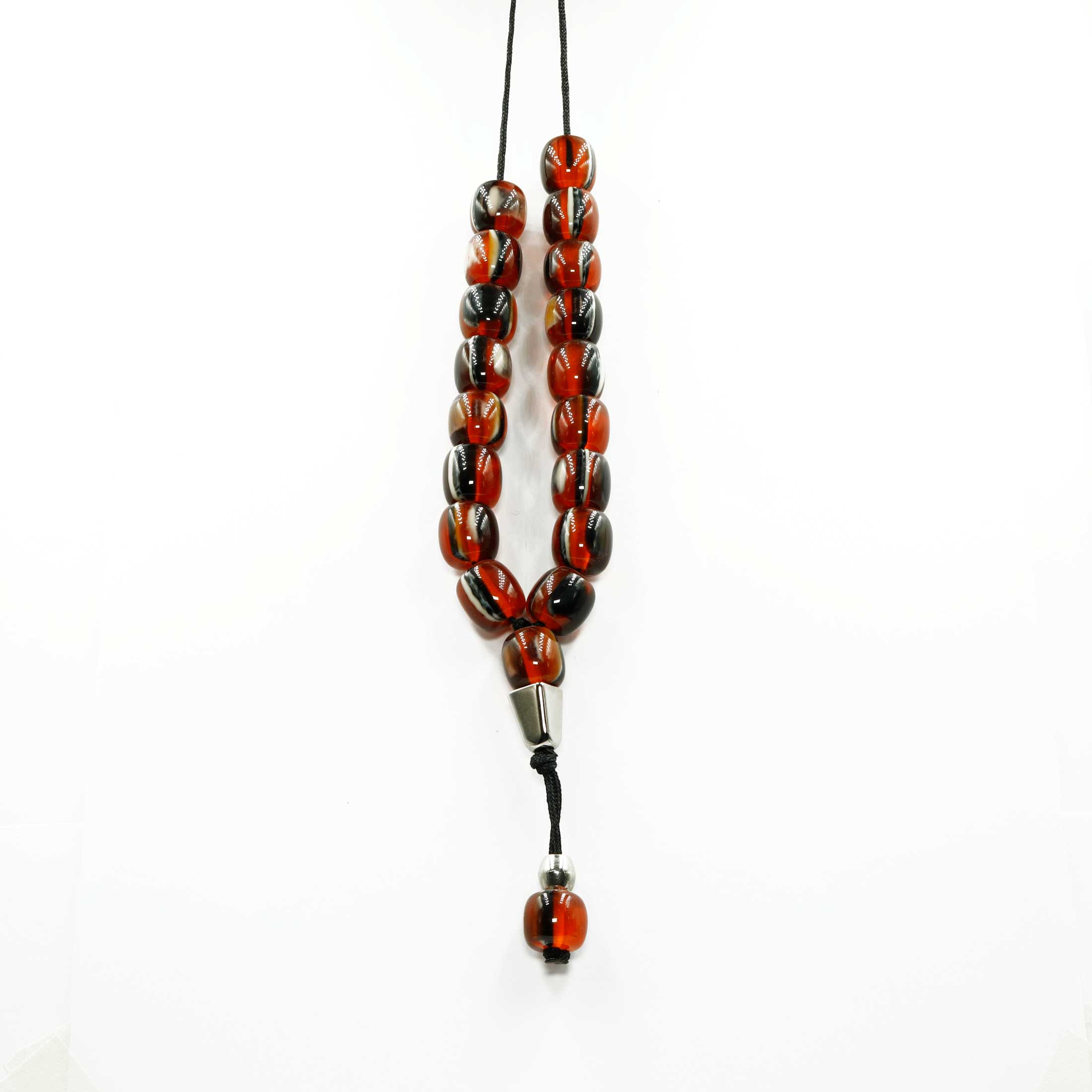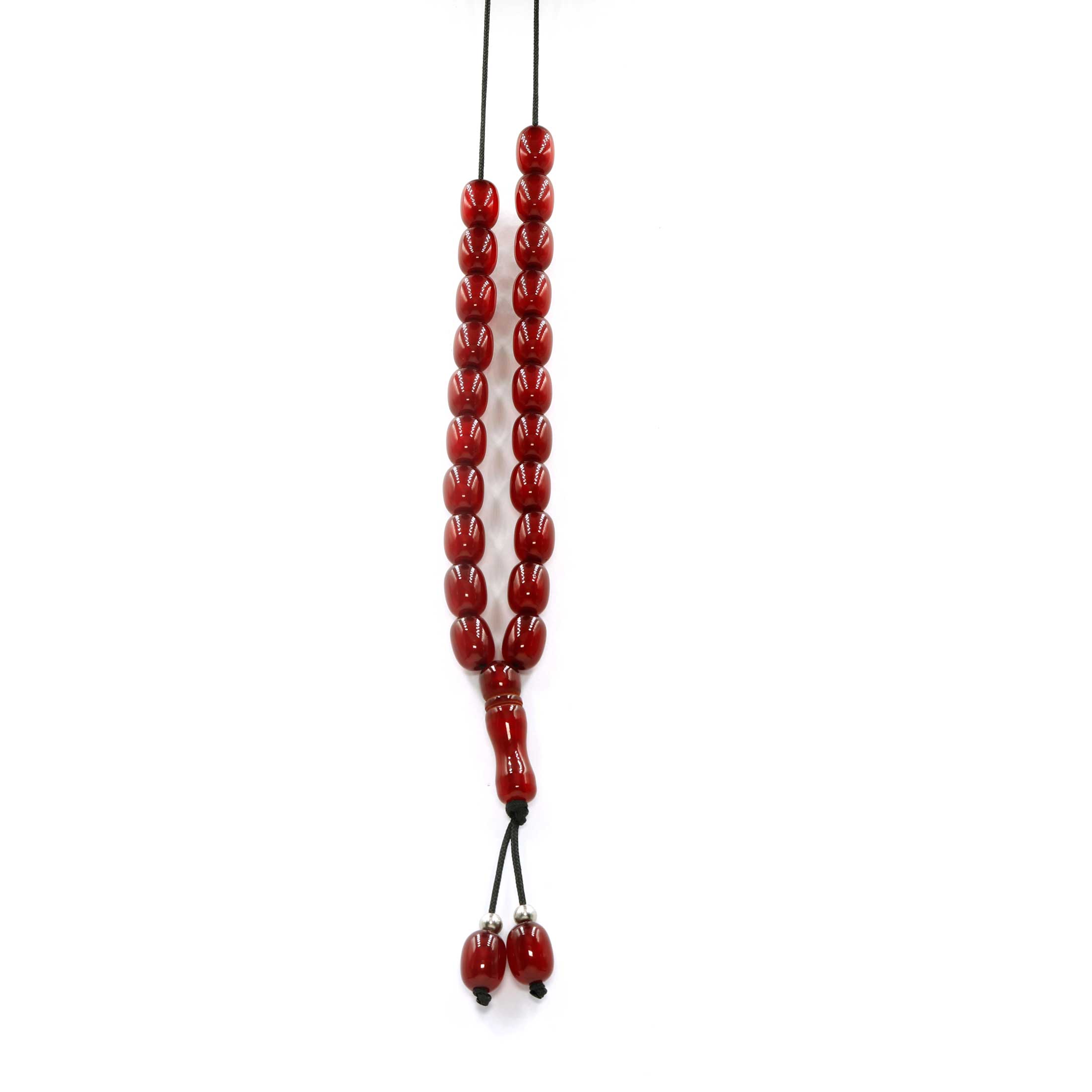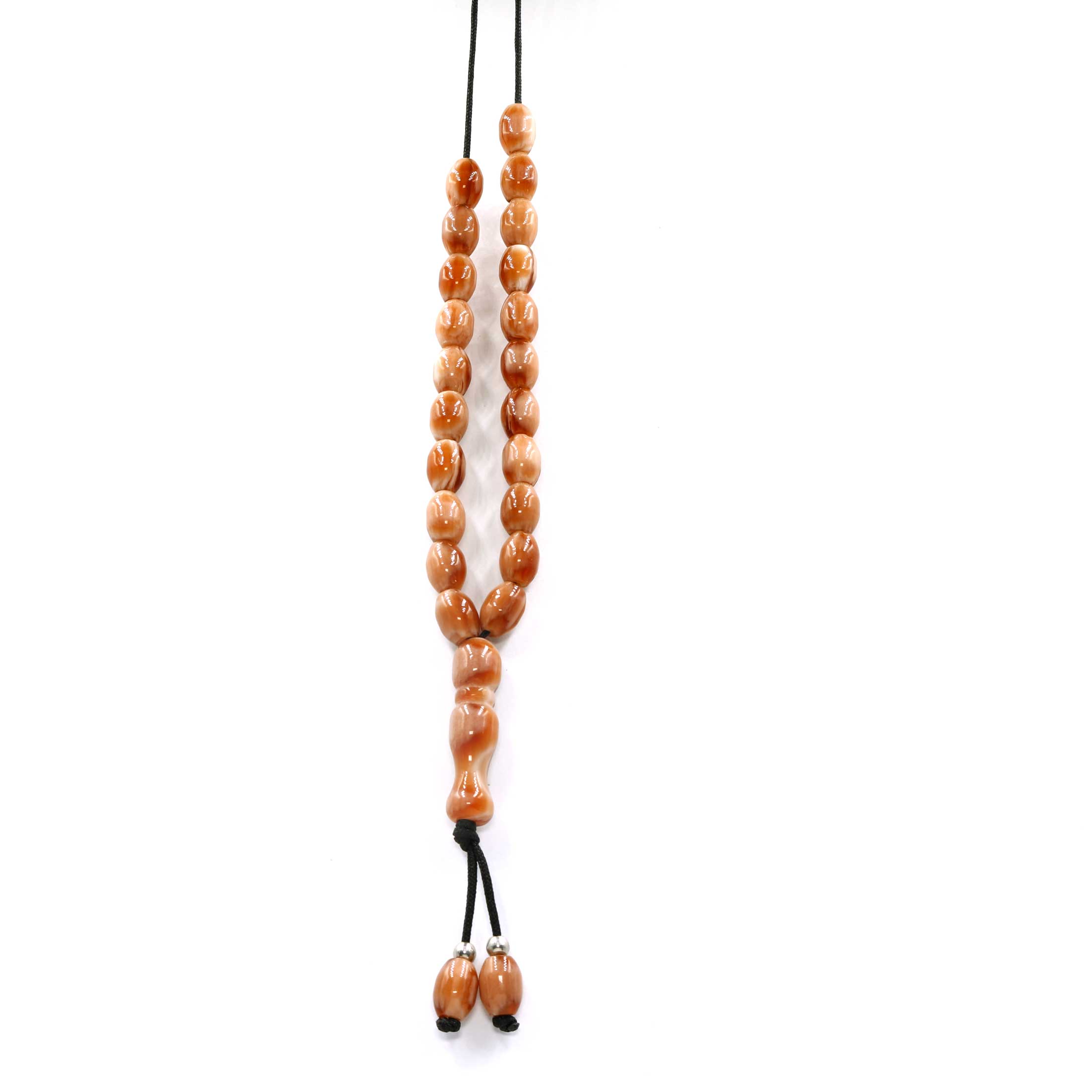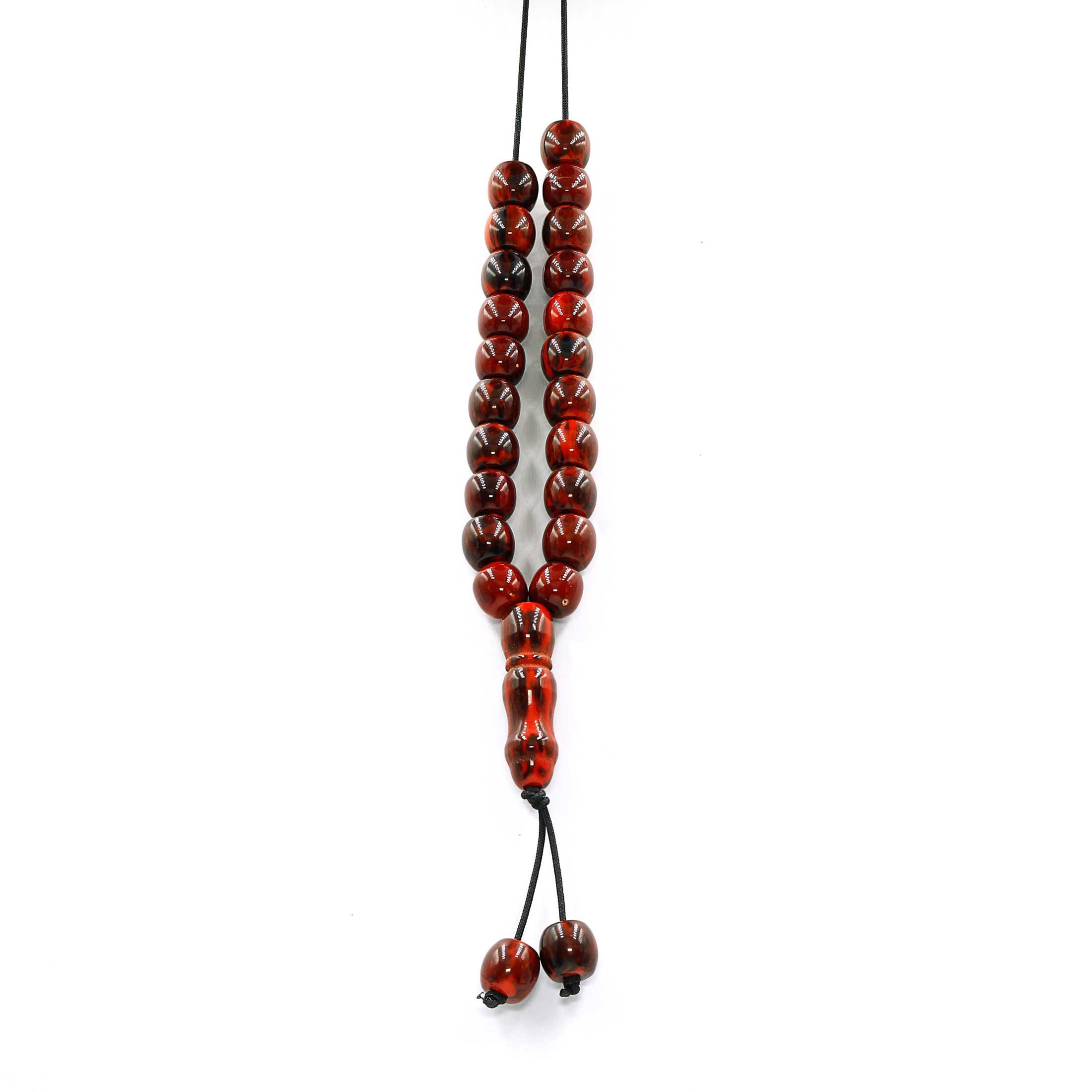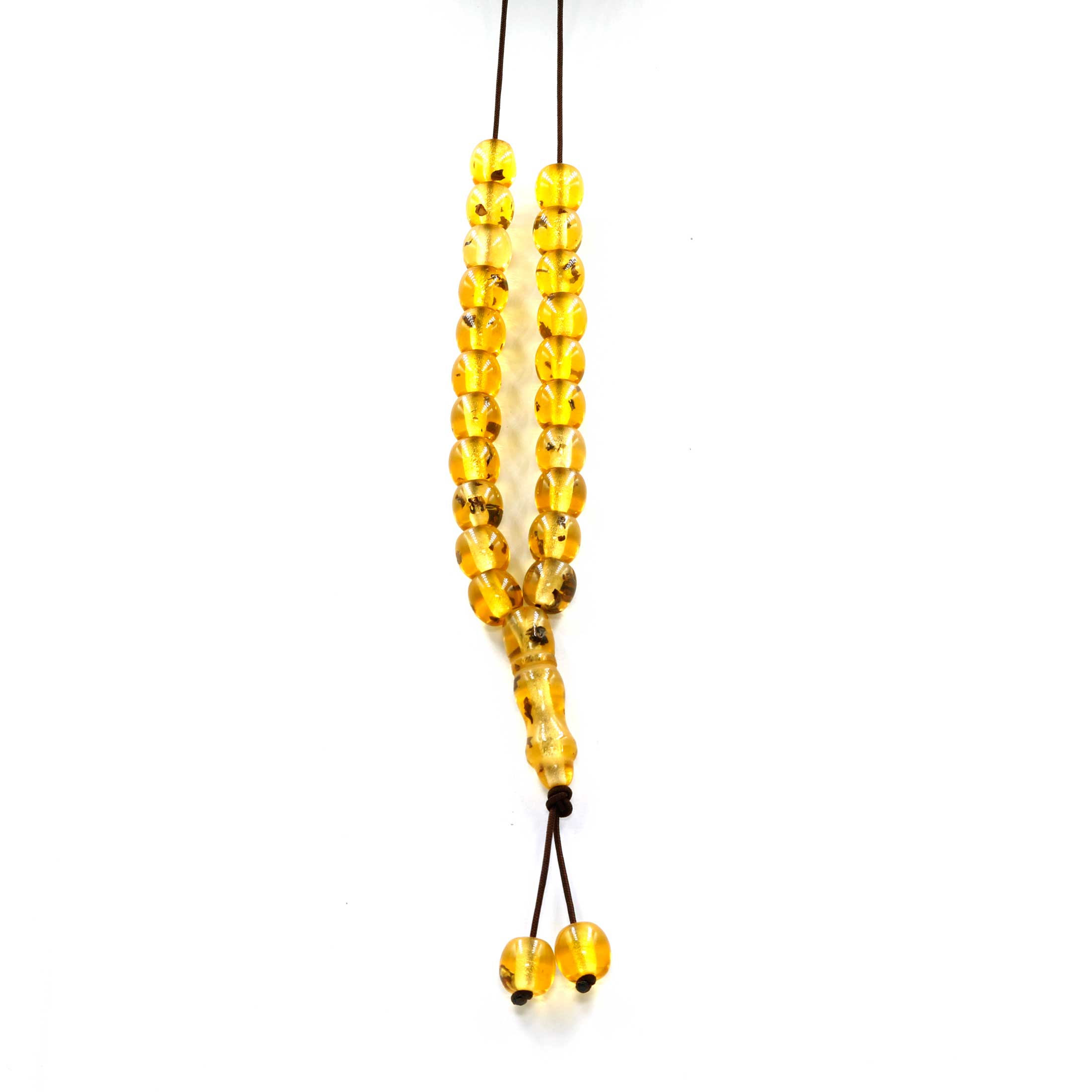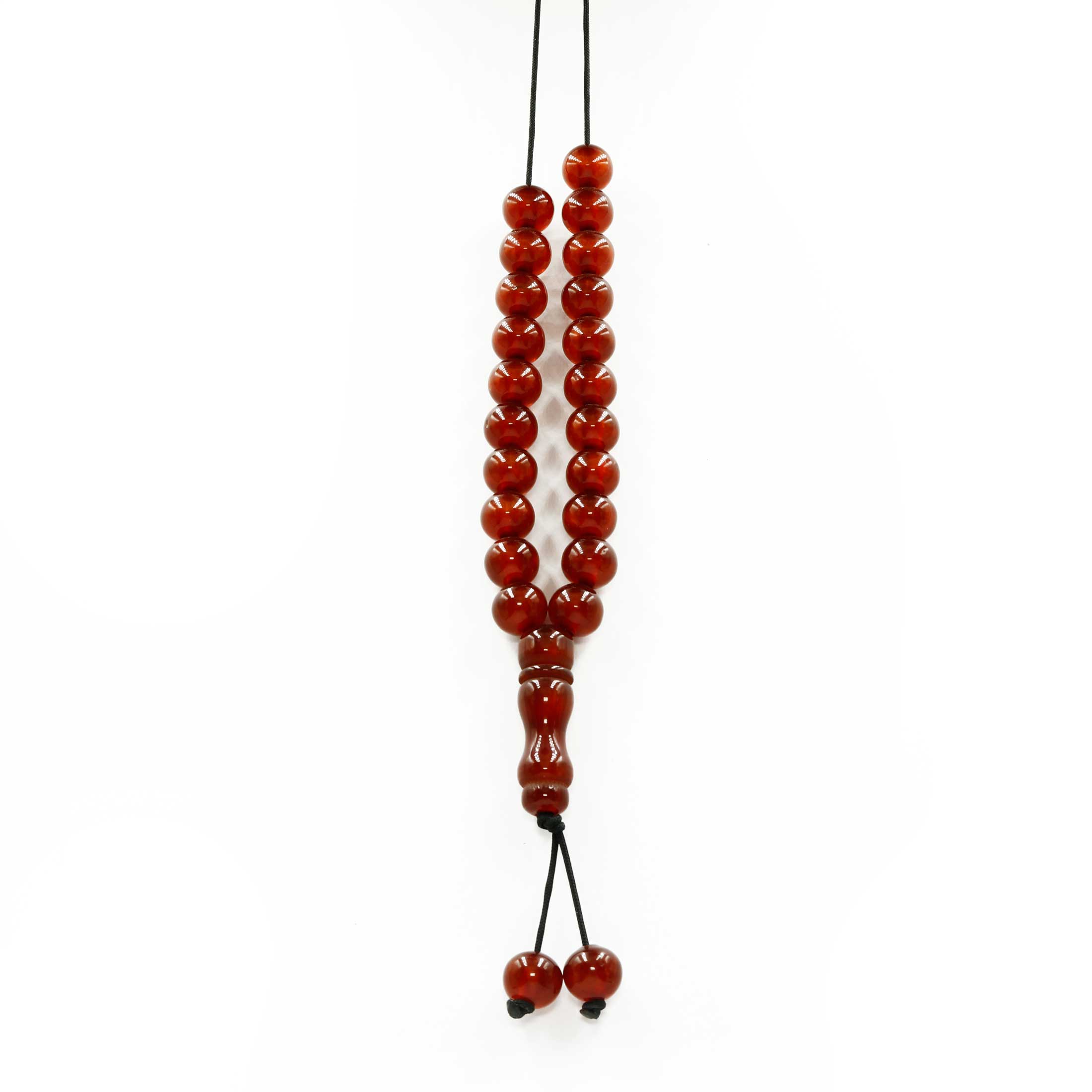Komboloi-Begleri
Komboloi-Begleri
The rosary is an accessory object of Greek and Cypriot culture, which is made of beads of bone, amber, silver, glass, wood, etc., pierced in the center and threaded into thread whose edges are joined by a knot, and which are slowly shifted one after the other with the help of the fingers, or rotated all around the fingers as an occupation. In addition to thread, beads can be joined by chain, leather, etc. It is also called, in the Maggian dialect, begleri, although under this name another different, but similar object is known.
The Greek rosary resembles the prayer books used in various religious traditions (Roman Catholic rosary, Muslim tabih, Orthodox rosary) and probably evolved from the rosary, but is unique in the sense that it has no religious or ritual significance. It is used for relaxation, passion, as a symbol of social status, as an anxiolytic, even as a means of limiting smoking. It is often called efhantro. The word denotes the process of secularizing the rosary from a prayer tool aimed at purifying the mind into an object of pleasure.
Begleri is a small game of skill consisting of one or more pellets at each end of a small string or chain. It can be turned and rotated around the fingers for the purpose of performing tricks. Begleri comes from Greece and comes from the rosary, an instrument that is often used as an occupation to pass time or to keep hands busy. While rosaries have beads that form a closed circle, begleria begles are spiraled in an open strand, usually in a symmetrical formation, with equal weighting at both ends. Begleries have in many forms, consisting of semiprecious stones or metal beads








